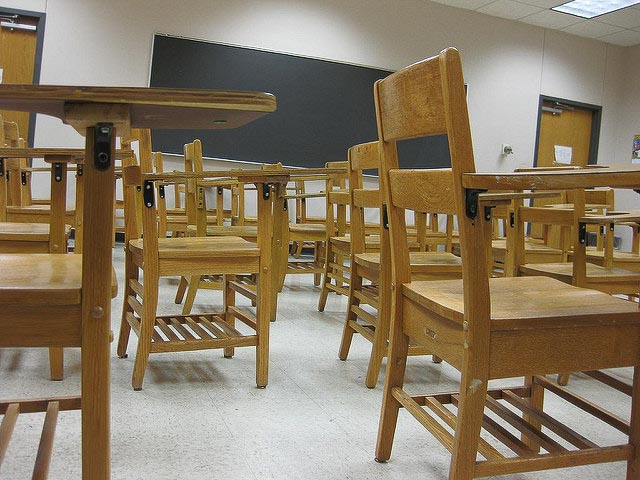Fifty years ago, the most important study on education in the U.S. was published. Though the Coleman Report (web link no longer available) highlighted the challenge of inequality facing the school system –and inspired generations of researchers to study the topic – the problem persists five decades later.
In fact, efforts to close gaps between black, brown, and white students have slowed and even reversed in some cases. Today, across the U.S., sixth-graders in the richest districts are about four grade levels ahead of children in the poorest districts.
“My main observation about the last 50 years of research … is the inequalities are still present,” said Ruth N. López Turley, director of the Houston Education Research Consortium and associate director of the Kinder Institute for Urban “There have been improvements, but we still have really significant inequalities today.”
With 50 years to work on getting it right, how did the country get it so wrong? There’s a litany of reasons, Turley argues, but one in particular stands out: the disconnect between research and policy.
Historically, those who study education policy and those who implement it haven’t worked closely together. Turley elaborated on that dynamic in a new paper published this fall by the Russell Sage Foundation. Among the obstacles she highlights:
- Researchers do not inform policymakers about their results.
- Policymakers do not inform researchers about their policy goals.
- When policymakers and researchers do exchange information, it is often done in a political context in which other interests supersede the interests of students.
Turley didn’t blame either party — researchers or education administrators — for the problem, and she said both have areas where they need to improve. Sometimes school districts are hesitant to share data because it puts them in a vulnerable position, Turley said. Depending on how the researcher frames a study, the districts’ data may be presented in a way that makes it look bad. “I think it’s understandable,” Turley said. “To use their words, some districts have been ‘burned’ by researchers who don’t understand the complexity of the data and the political context.” Meanwhile, public agencies often lack the resources to conduct their own research.
At the same time, researchers have been hesitant to become involved in applied policy research. That’s because to advance their careers, they often must focus their time on getting published in academic journals, not sharing research that can benefit the public. At many universities, academics are actively discouraged from pursuing applied research that can solve real-world problems.
Turley said that approach needs to “If your stated goal is for your research to have an impact on policy,” Turley said, “then we have to change the academic research model. The current model, at best, is inefficient; at worst, it’s completely ineffective.”
The good news, she writes, is that a shift is already taking place. “We are in the midst of a national movement towards connecting research and policymaking in a way that’s really effective,” she said.
A slew of factors are behind that change. Researchers and education agencies now have the technological capacity to store and analyze huge databases from multiple organizations, improving the depth of research that can be pursued. There are also political factors at play. Last year’s Every Student Succeeds Act specifically highlights the need for evidence-based decision-making in education, Turley said. And philanthropic funders of education initiatives are increasingly touting the need for external evaluations of education programs.
Housed within the Kinder Institute, the National Network of Education Research-Practice Partnerships (NNERPP) is a testament to that trend. The network is composed of 16 different school district-research institute partnerships. NNERPP aims to develop, support, and connect those partnerships in order to ensure they are as productive as possible.
These types of partnerships need to be nurtured and expanded.
It’s not enough for researchers to identify the challenges of inequity and inequality.
It’s not enough for policymakers to identify solutions to the problem.
They both must collaborate in order to ensure that school districts are tackling the right problems, with the right solutions, in the right manner.
Turley urged education leaders to “seize the moment” and consider a new approach to collaboration. “This is how we can ensure that the next 50 years of education research will have a greater impact than has been the case for the last 50 years,” she wrote in her paper.

